Keep track of your indoor air quality with Birdie, a stealthy but stylish home accessory
Birdie keeps a beady eye on indoor air quality, encouraging you to take action when things get fuggy
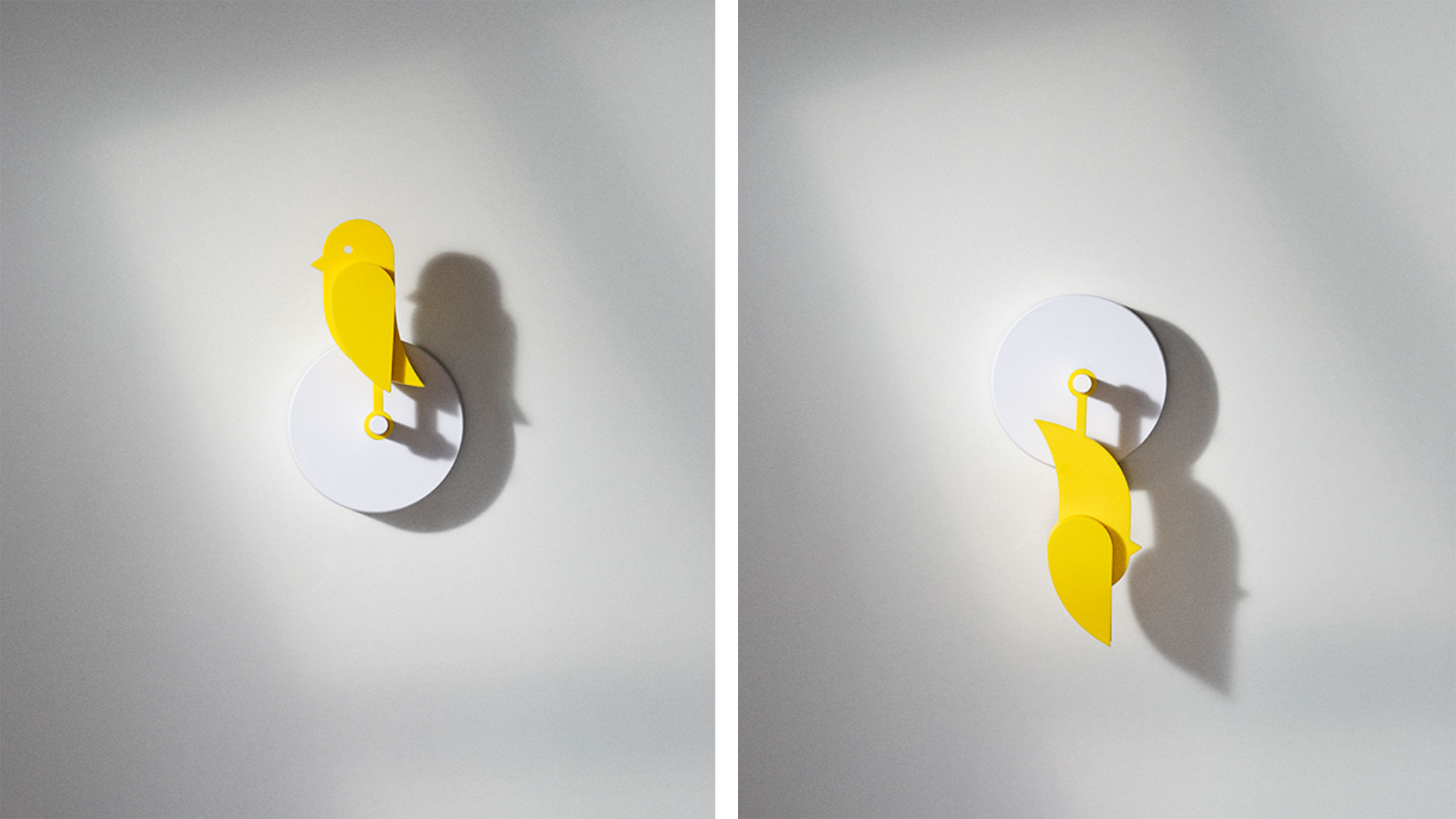
Birdie is a playful home companion with a serious side. Kickstarted by childhood friends Andreas Kofoed Sørensen and Hans Høite Augustenborg, the company grew out of their experience in advertising and visual communication. ‘We like to call it a tech product that doesn’t look like a tech product,’ says Augustenborg.
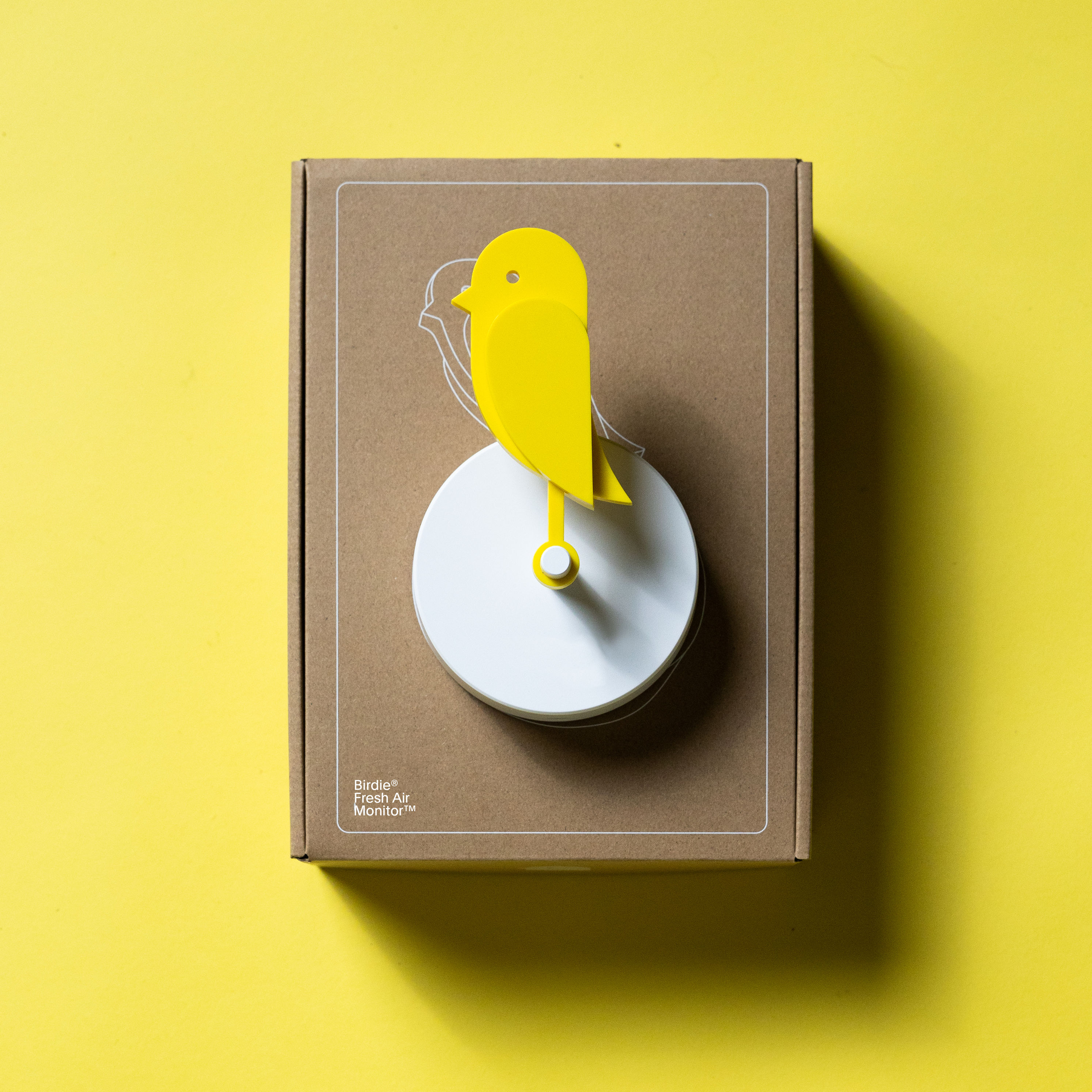
Birdie (photo: Kasper Bøttern)
The device is actually an air monitor, pitched at those who follow the brisk northern European tradition of cracking open a window to air out their house several times a day, regardless of the time of year (as the founders note, in Denmark, health authorities recommend you ventilate your living space for five to ten minutes, two to three times a day).
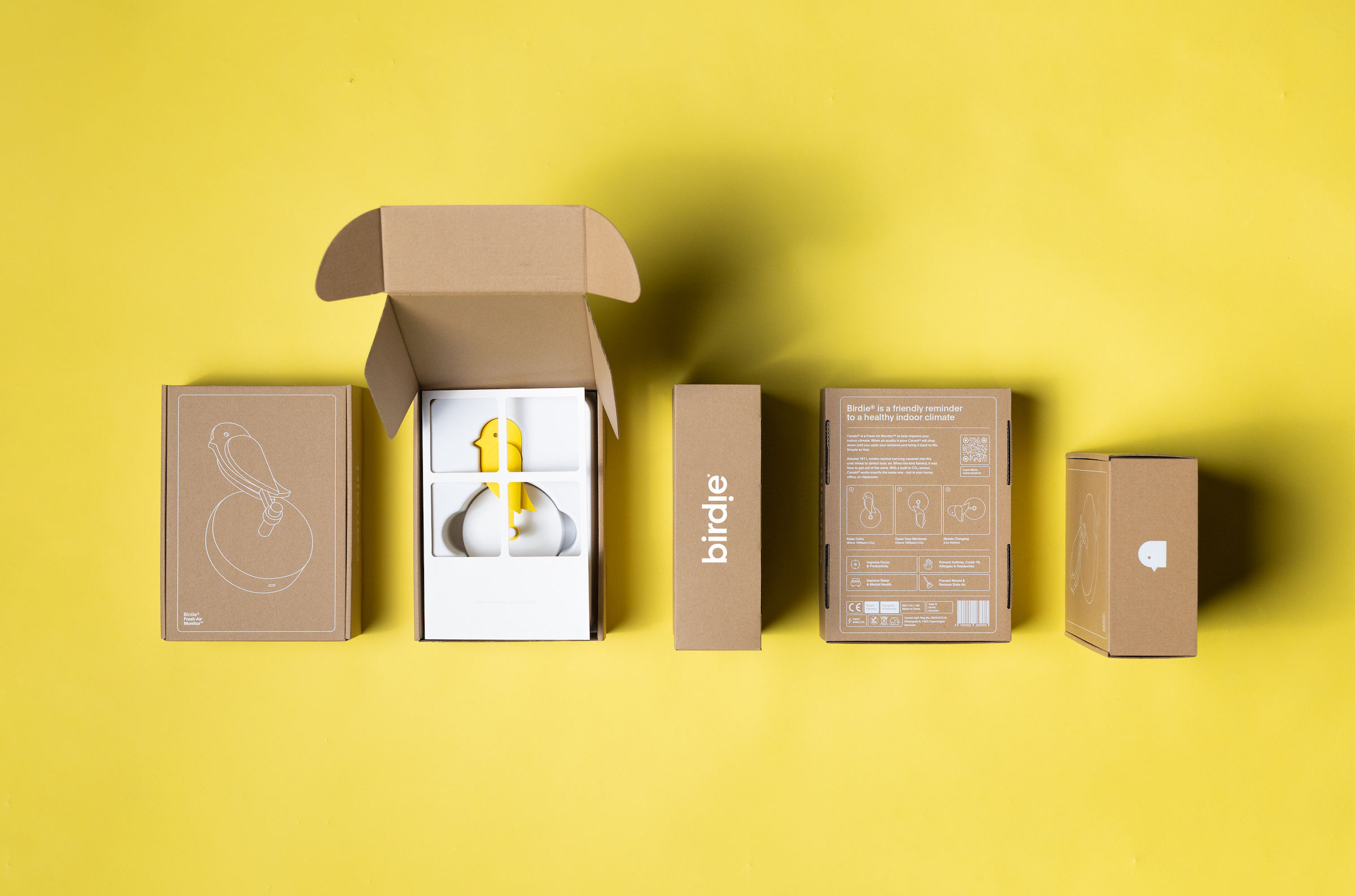
Birdie (photo: Kasper Bøttern)
The cutest of indoor air quality monitors
‘Our product is the only air monitor that doesn’t use light, sound, digital displays, or apps,’ Augustenborg continues. ‘[It] is a piece of communication rather than a monitoring tool. It’s all about telling the user a story and actually letting them be a part of this story.’ That story is, of course, the canary in the coal mine, the age-old tradition of having a living, feathered air quality monitor on hand to alert miners to any dangerous gases.
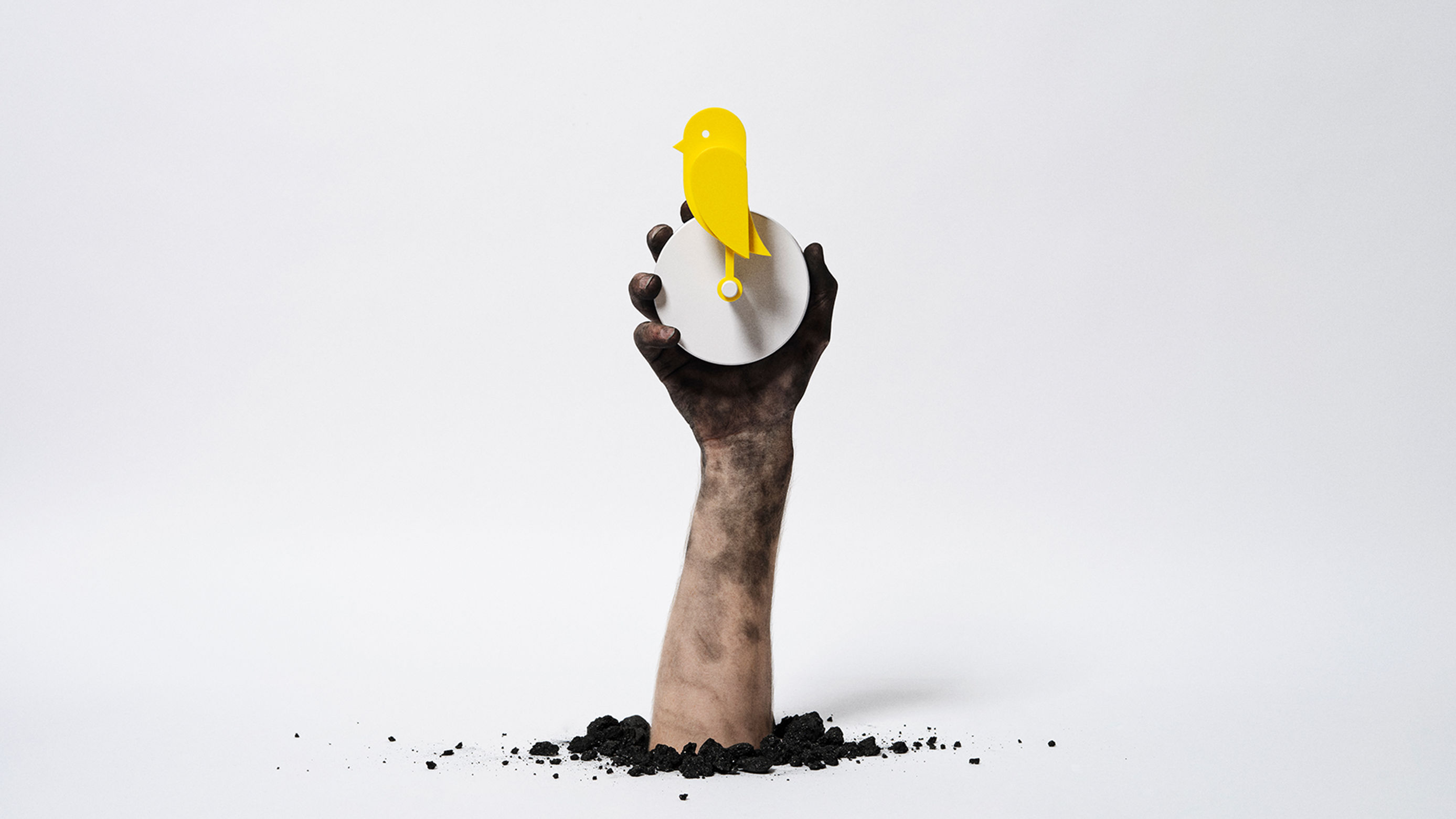
Birdie (photo: Theis Bothmann)
Even the worst indoor air quality hopefully poses no threat to human life, but the little Birdie will swivel round on its perch and play dead when the level of CO2 in the room gets higher than 1,000 ppm for over ten minutes. As soon as CO2 levels drop below 800 ppm, Birdie will miraculously come back to life.

Birdie (photo: Kasper Bøttern)
‘A lot of people tell us that it’s a cute gimmick, but our true belief and research shows that it’s actually more effective than regular monitors because it makes you ventilate more,’ says Augustenborg, ‘This is simply because it looks appealing and it’s simple to understand and engage with.’ No noise, tweets or otherwise, will be emitted, just a straightforward visual cue. The internal battery should last for eight months and is re-charged via USB-C.
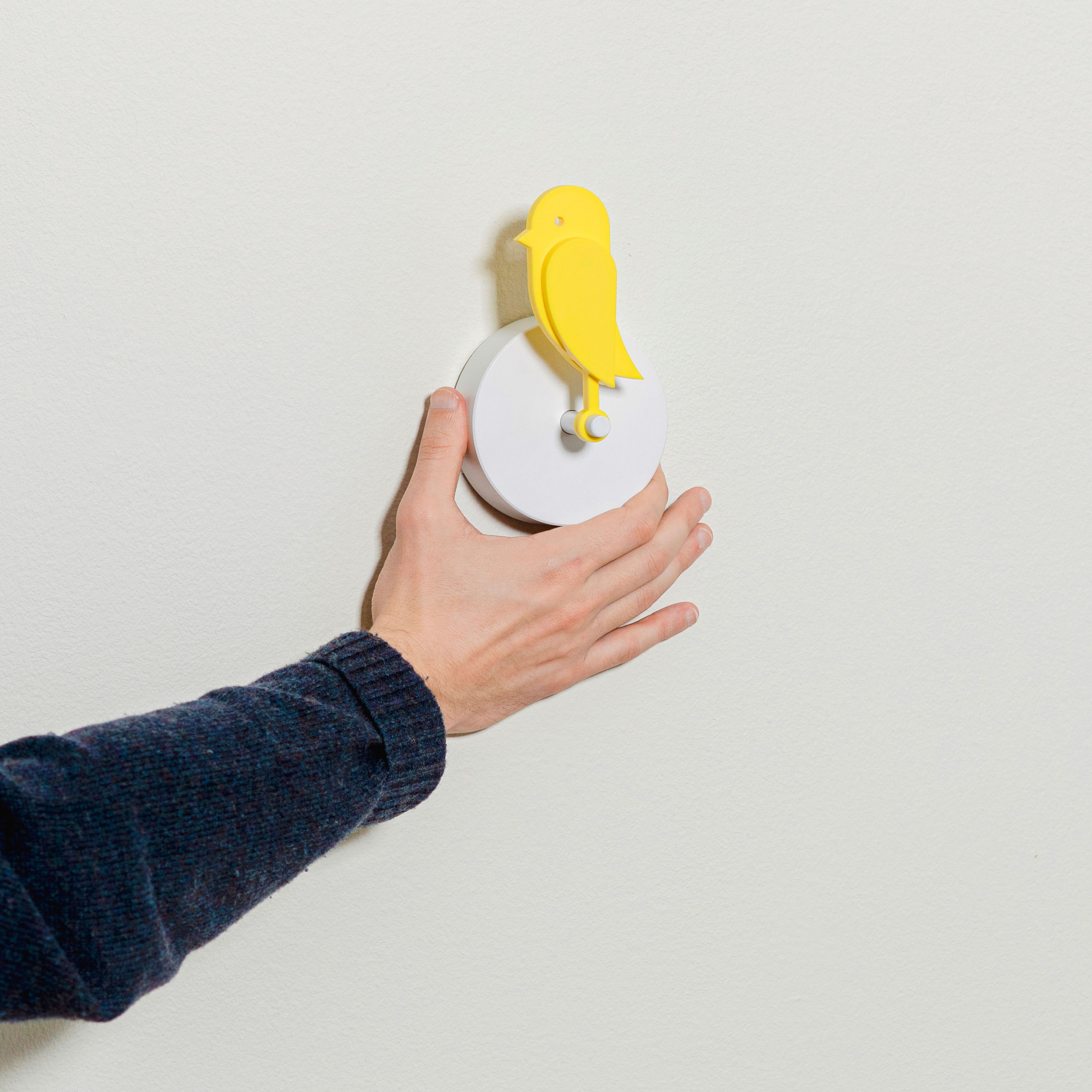
Birdie (photo: Esther Kofoed Sørensen)
The idea clearly struck a chord, and after a successful crowd funder – which not only raised money but also fulfilled the orders of every backer – Birdie is now being marketed as a standalone product, available through their website and several select retailers. There’s also been interest from both Microsoft and Google about the playful interface and its impact on future hardware design.
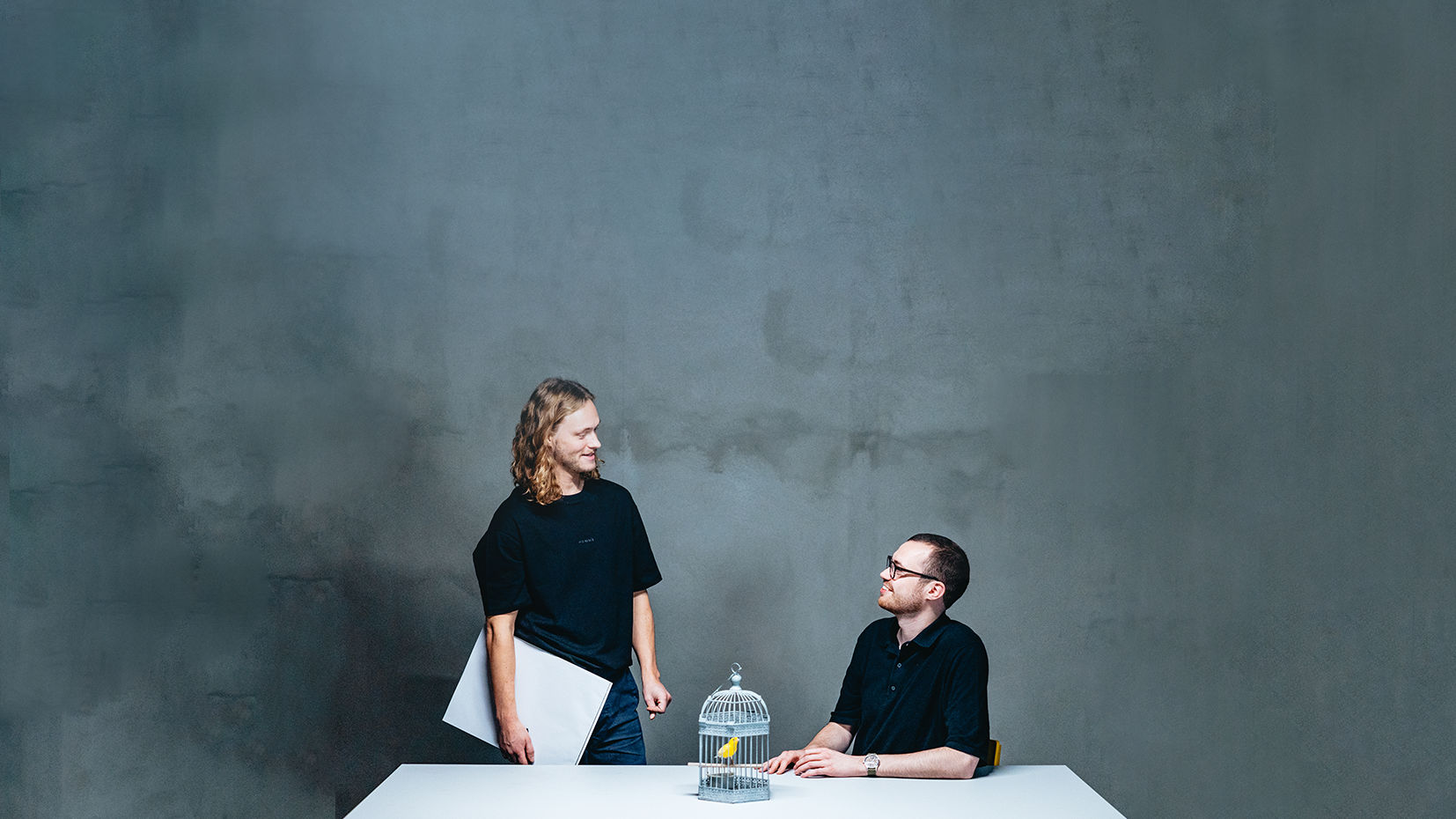
Founders Hans Høite Augustenborg (left) and Andreas Kofoed Sørensen (right) (photo: Kasper Bøttern)
It's not the first avian early warning device – Danish studio Leapcraft created the Airbird, with a playful form shaped by GXN, the ‘innovation unit’ spin-off of award-winning Danish architects 3XN. However, Birdie is the most theatrical, as well as being a spirited attempt to distract us from screens and do something a bit more worthwhile, starting with opening a window.
Wallpaper* Newsletter
Receive our daily digest of inspiration, escapism and design stories from around the world direct to your inbox.
Watch the Birdie

Birdie (photo: Kasper Bøttern)
Birdie Air Quality Monitor, £169 ($189, €195, ¥27505, DKK 1449), Birdie.Design
Jonathan Bell has written for Wallpaper* magazine since 1999, covering everything from architecture and transport design to books, tech and graphic design. He is now the magazine’s Transport and Technology Editor. Jonathan has written and edited 15 books, including Concept Car Design, 21st Century House, and The New Modern House. He is also the host of Wallpaper’s first podcast.
-
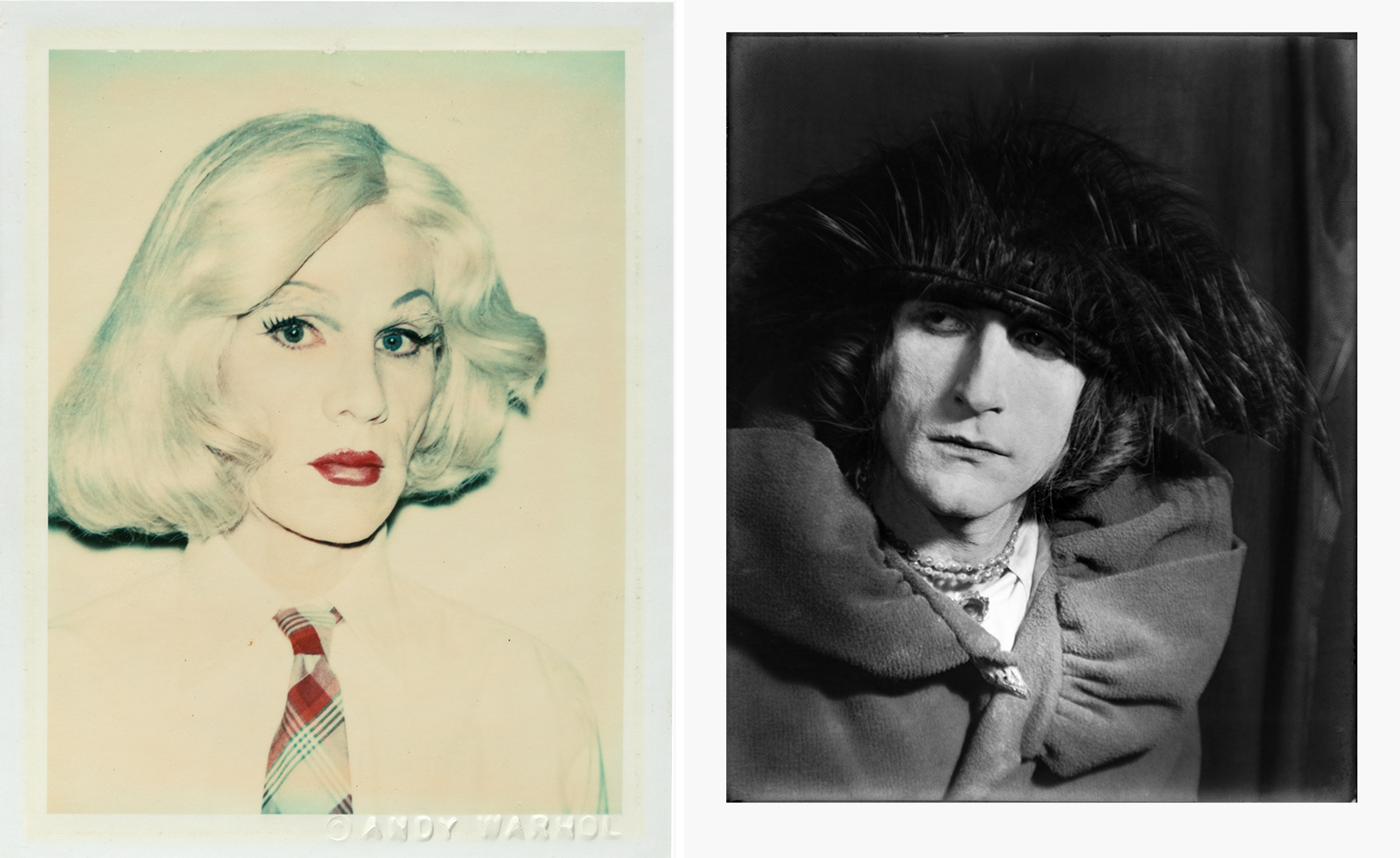 From Rembrandt to Warhol, a Paris exhibition asks: what do artists wear?
From Rembrandt to Warhol, a Paris exhibition asks: what do artists wear?‘The Art of Dressing – Dressing like an Artist’ at Musée du Louvre-Lens inspects the sartorial choices of artists
By Upasana Das
-
 Meet Lisbeth Sachs, the lesser known Swiss modernist architect
Meet Lisbeth Sachs, the lesser known Swiss modernist architectPioneering Lisbeth Sachs is the Swiss architect behind the inspiration for creative collective Annexe’s reimagining of the Swiss pavilion for the Venice Architecture Biennale 2025
By Adam Štěch
-
 A stripped-back elegance defines these timeless watch designs
A stripped-back elegance defines these timeless watch designsWatches from Cartier, Van Cleef & Arpels, Rolex and more speak to universal design codes
By Hannah Silver